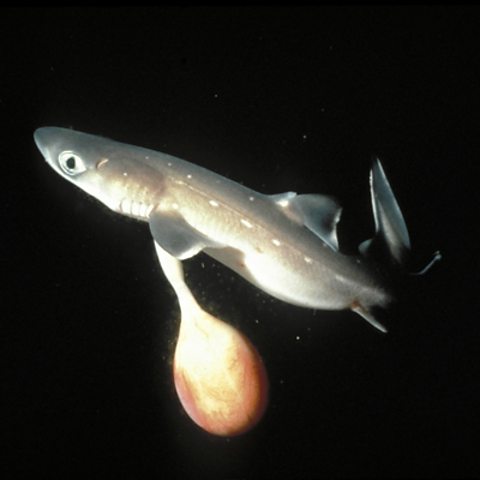
Although these small deep-sea sharks encompass ~12% of current shark diversity, with > 50 described species, their luminescence is rarely observed. In addition to increase our understanding of pelagic ecosystems our study emphasizes the importance of bioluminescence as a speciation driver.Īmong sharks, bioluminescence occurs in two shark families only, the Dalatiidae (kitefin sharks) and the Etmopteridae (lanternsharks), which are among the most enigmatic bioluminescent organisms 1, 2, 3. This information further allowed us, using visual modelling, to provide an adaptive explanation for shark photophore pattern diversity: in species facing moderate predation risk from below, counterilluminating photophores were partially co-opted for bioluminescent signalling, leading to complex patterns. We observed, across 21 globally distributed shark species, a correlation between capture depth and the proportion of a ventral area occupied by photophores. Here, we found evidence that bioluminescent sharks instead emit a constant light output and move up and down in the water column to remain cryptic at iso-luminance depth. To cope with variable conditions of pelagic light environments they typically adjust their luminescence intensity.

Counterilluminating animals use ventral photogenic organs (photophores) to mimic the residual downwelling light and cloak their silhouette from upward-looking predators.


 0 kommentar(er)
0 kommentar(er)
